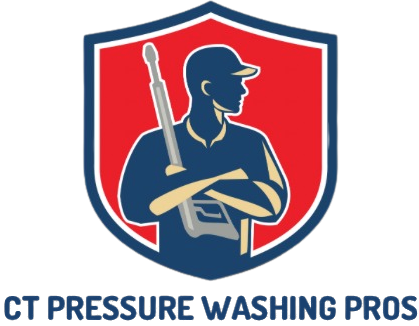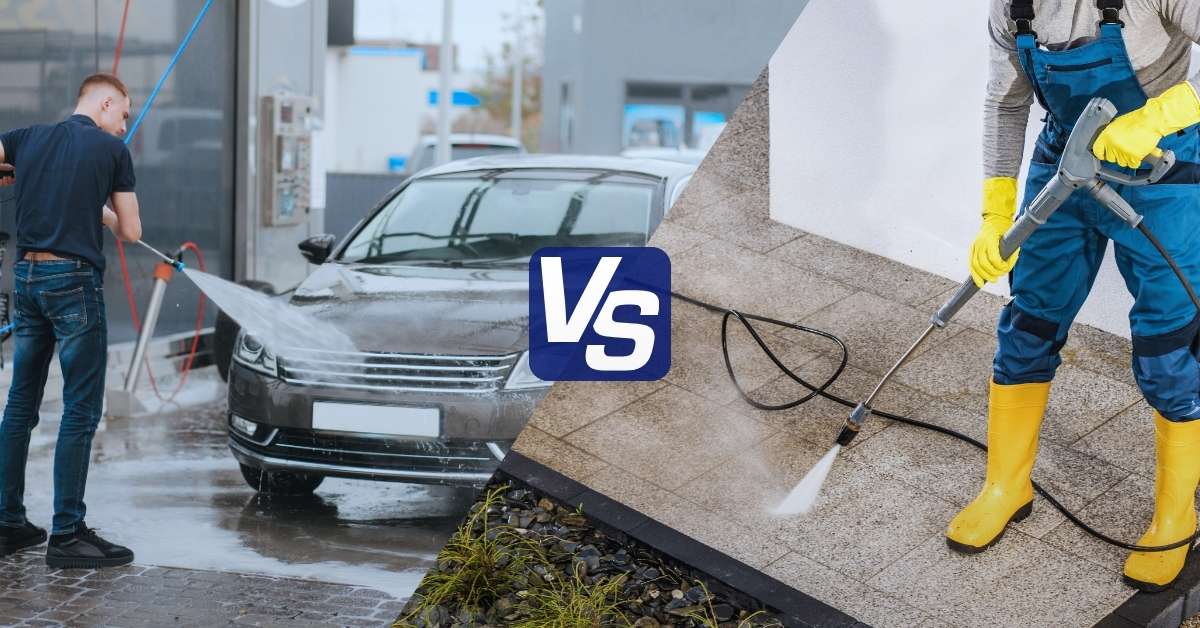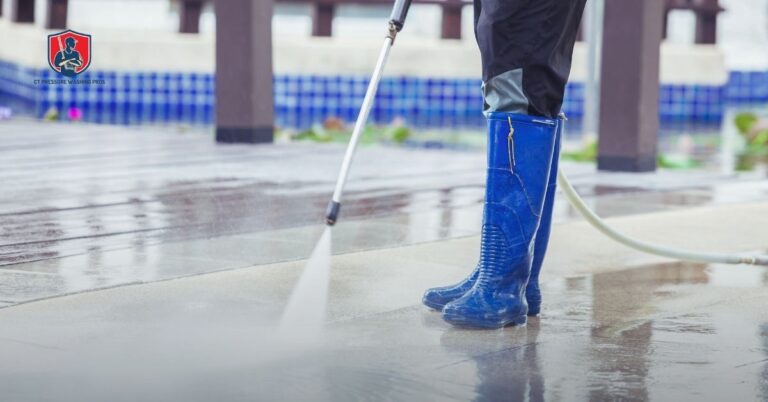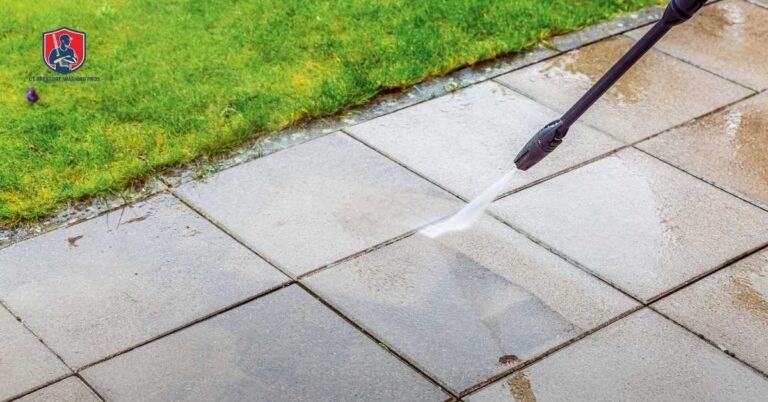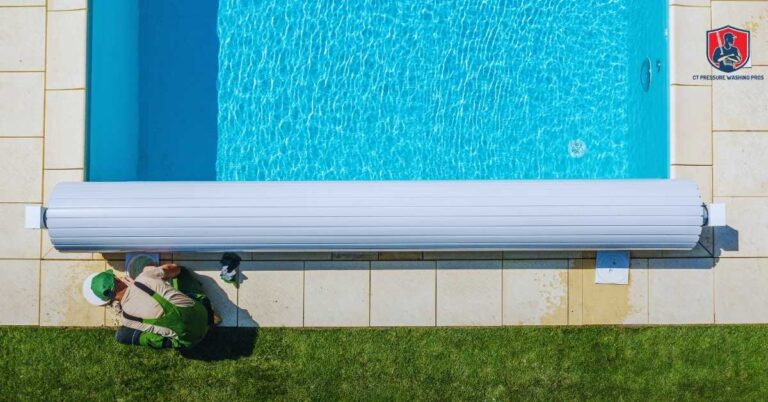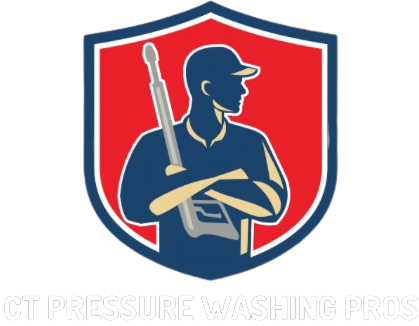Pressure washing keeps your place looking sharp and helps stop mold, algae, and grime from sticking around. The hard part is choosing how to get it done. Doing it yourself can look cheaper at first, but the true cost includes rental fees or gear, setup time, learning, and any slip-ups that cause damage. Hiring a pro costs more upfront, yet you get speed, consistent results, and less hassle.
There’s another key piece: runoff. As you noted, wash water often carries soap, dirt, oil, and paint flakes, and storm drains don’t filter that water at all. Letting it flow into the street can lead to fines and hurt local waterways. So, whether you DIY or hire out, plan for containment and proper disposal, and use cleaner options that meet local rules.
In short, DIY fits small, low-risk jobs with light buildup where you can work safely and handle cleanup. Pros make sense for roofs and multi-story homes, heavy stains, big areas, tight timelines, and anywhere compliance and surface protection matter.
In this guide, we’ll compare both options by cost, safety, time, and the finish you can expect—so you can pick the path that fits your budget, schedule, and standards.
Table of Contents
Understanding Pressure Washing Basics
Pressure washing uses high-pressure water to remove dirt, mold, and stains from outdoor surfaces. It’s faster and more effective than scrubbing by hand, especially on driveways, siding, decks, and fences. The power comes from two key factors — pressure (PSI), which loosens grime, and water flow (GPM), which washes it away. Together, they deliver a deep clean that restores the surface’s appearance.
There are a few cleaning types worth knowing. Pressure washing uses cold water and strong pressure for concrete and brick. Power washing adds heated water to handle grease and oil stains. Soft washing uses low pressure and cleaning agents for delicate areas like roofs or siding.
Overall, pressure washing keeps outdoor spaces clean, prevents buildup, and helps protect surfaces from long-term wear. Next, let’s look at what to expect if you decide to handle the cleaning yourself.
DIY Pressure Washing: What to Expect
Doing your own pressure washing sounds practical if you already have the time, tools, and energy. It gives you control over the process, lets you clean at your own pace, and helps you avoid service fees. For small jobs like patios or short driveways, it can get the surface looking clean enough for a season.
Still, there’s more behind the idea than renting a washer and turning it on. The equipment, water pressure, and cleaning technique all matter—and that’s where most people realize it’s not as simple as it looks. Before deciding to do it yourself, it helps to understand what’s really involved.
Cost Breakdown for DIY Projects
The biggest advantage of DIY cleaning is lower upfront cost—but it’s not always as cheap as it looks. Equipment rentals usually range from $50–$100 per day, and purchasing a home-grade pressure washer can cost $300–$500. You’ll also need cleaning solutions, protective gear, and plenty of water. Altogether, even a small project can total $150–$250 once supplies are included.
If you clean regularly, owning your own machine may save money long-term. But for once-a-year cleaning, renting is usually more practical.
The Learning Curve and Setup Time
Pressure washing isn’t plug-and-play. You’ll need to clear the area, connect hoses correctly, and test the right pressure and nozzle type for each surface. Many first-timers use the wrong settings or spray too close, leaving marks or causing damage. Preparation and cleanup can also take longer than the actual washing. The difference between a good result and a bad one often comes down to technique, not power.
Safety Considerations for DIY Cleaning
High-pressure water can cause injuries or property damage in seconds. Always wear closed shoes, gloves, and eye protection. Keep clear of outlets, vents, and fragile surfaces. Never use a ladder while spraying—a sudden recoil from the nozzle can throw you off balance.
If the project involves a roof, second story, or tight area, it’s safer to hire a professional who has the right gear and insurance.
DIY Results and Longevity
With the right care, DIY washing can freshen up concrete, decks, or fences. But consumer machines lack the pressure and heat of professional units, so deep stains and mold may return faster. Results usually look clean at first, but fade within a few months, especially in humid areas.
Professional Pressure Washing: What You’re Paying For
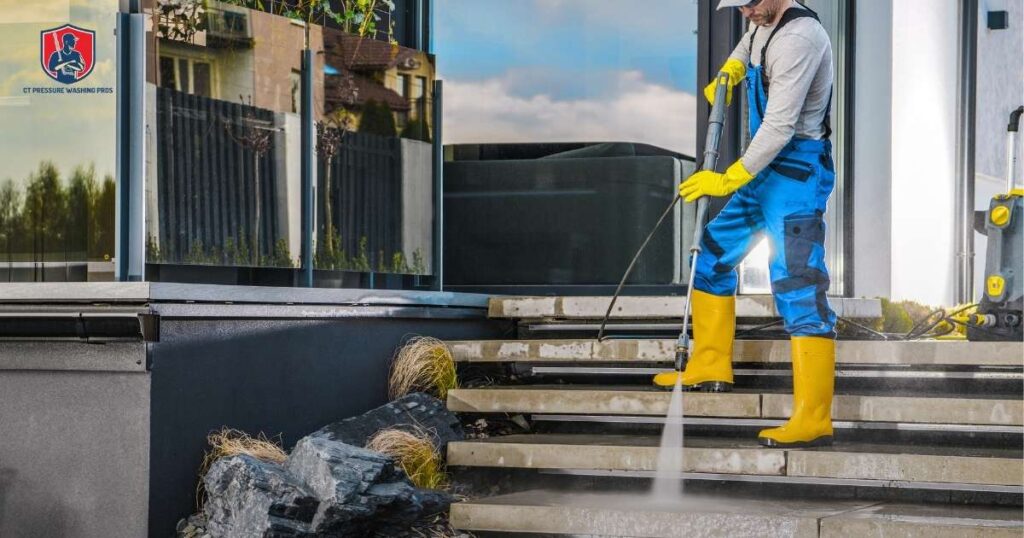
Hiring a professional may cost more upfront, but the value shows in the quality, efficiency, and safety of the work. Professionals use advanced equipment, proven cleaning methods, and experience to deliver consistent results that last longer and protect your property.
Cost Breakdown of Professional Services
Professional rates vary by surface type, size, and condition. Most homeowners spend $200–$500 for a full exterior cleaning. Driveways and patios typically range from $100–$250, while roofs or siding often cost $300–$600, depending on the buildup and height.
These prices usually cover labor, high-grade machines, cleaning solutions, and insurance. While it’s more than DIY, you’re paying for results that are cleaner, safer, and longer lasting—without doing any of the work yourself.
Equipment and Expertise Advantage
Professionals use commercial washers that clean deeper and faster than standard home units. They know exactly which nozzle, detergent, and pressure level each surface needs to avoid damage. This precision helps prevent issues like chipped paint, warped wood, or cracked concrete.
Their experience also helps them spot small problems—such as early mold growth or weak siding—before they become serious repairs.
Time and Convenience
Hiring a professional saves time from start to finish. They handle the setup, cleaning, and cleanup, often completing the job in a few hours. There’s no guesswork, no wasted water, and no extra effort on your part—just a clean surface ready to use.
Safety and Liability
Pressure washers are powerful tools that can easily cause injuries or property damage. Professionals are trained to use them safely and are fully insured. This means no climbing ladders, no electrical risks, and no accidents you have to pay for.
Professional pressure washing delivers a cleaner finish, longer protection, and peace of mind. It’s the smarter choice for large areas, complex surfaces, or whenever safety and lasting results matter.
DIY vs Professional Pressure Washing: Side-by-Side Comparison
Choosing between doing it yourself and hiring a professional often comes down to cost, time, and the results you expect. Both have clear benefits depending on the project size and your comfort level with equipment. Here’s a clear comparison to help you decide which option fits best.
Cost
DIY cleaning usually seems cheaper upfront. Renting a pressure washer costs $50–$100 per day, while owning one can reach $300–$500. Add cleaning solutions, water, and gear, and small jobs can total $150–$250.
Professional services cost more—typically $200–$500 for most homes—but include equipment, labor, cleaning products, and insurance. While you spend more, the results last longer and require fewer repeat cleanings.
Safety
DIY work carries more risk. High-pressure water can cause injuries or damage siding, paint, and windows if used incorrectly. Working on ladders or wet surfaces adds more danger.
Professionals are trained and insured. They use proper techniques and protective equipment, reducing the risk of accidents or damage. You stay safe, and your property is protected.
Time
DIY cleaning can take an entire day or weekend—especially with setup, learning, and cleanup. Professionals finish most jobs in a few hours. If you have limited time or large areas to cover, hiring out saves effort and stress.
Quality of Results
DIY pressure washers are fine for light dirt but struggle with deep stains, algae, or oil. Results may fade within months. Professionals use stronger machines and targeted cleaning agents that provide a cleaner finish and longer-lasting protection.
Convenience
DIY means handling every step—renting, setup, cleaning, and disposal. Professionals handle everything from start to finish. You can focus on other tasks while they do the work efficiently.
| Factor | DIY Pressure Washing | Professional Pressure Washing |
| Upfront Cost | Lower | Higher |
| Quality | Moderate, varies by skill | Consistent, professional grade |
| Safety | Higher risk | Trained and insured |
| Time | Long-lasting clean | Fast and efficient |
| Convenience | Do it yourself | Full service handling |
| Longevity | Short term | Long lasting clean |
Both methods work—it’s about what matters more to you. If you’re cleaning a small patio or walkway, DIY can get the job done. But for roofs, siding, or large areas where safety and lasting results matter, professional cleaning is the smarter investment.
When to Choose DIY vs Hiring a Professional
Both options can work well, but choosing the right one depends on the project size, surface type, and how much time and effort you’re willing to invest. Understanding when each approach makes sense can save you money, time, and potential repair costs later.
Go DIY If…
DIY pressure washing fits smaller, low-risk jobs that don’t require climbing, chemicals, or commercial-grade tools. It’s a good choice if:
- You’re cleaning small areas like patios, decks, or short driveways.
- You already own or can easily rent equipment for a short time.
- The surface is durable, such as concrete or stone, and doesn’t need special detergents.
- You have the time and confidence to handle the setup safely and finish the work.
DIY cleaning is also useful for quick maintenance between professional washes—helping you extend the life of previous cleanings without spending extra.
Hire a Professional If…
Professional pressure washing makes sense when safety, quality, and efficiency matter more than short-term savings. It’s the better option if:
- You’re cleaning a roof, siding, or multi-story home. These areas need careful handling and safety gear.
- The surface has heavy buildup like mold, oil, or thick grime that consumer machines can’t remove.
- You want guaranteed results that last longer and prevent damage.
- You don’t have time for setup, cleaning, or cleanup.
Professionals bring stronger equipment, the right cleaning products, and experience that ensures surfaces stay intact and properly cleaned the first time.
DIY washing is fine for small, simple tasks, but professionals are better for complex or high-value projects. The right choice often depends on whether you value saving a few dollars today or protecting your property and time for the long run.
Cost and Value Over Time
The upfront price of professional pressure washing is higher, but the long-term value easily outweighs DIY savings. A properly done wash lasts longer, protects surfaces, and helps prevent damage that leads to expensive repairs.
Hidden Costs of DIY
DIY cleaning often seems cheaper, but the small costs add up. Rentals, detergents, fuel, and protective gear can quickly reach a few hundred dollars. Add the time spent learning, setting up, and cleaning, and the savings start to shrink.
Mistakes also have a cost. Too much pressure can strip paint, crack siding, or etch concrete—repairs that can cost far more than a professional cleaning would have. Many homeowners end up calling a pro afterward to fix uneven or damaged areas.
Long-Term Value of Professional Cleaning
Professional services don’t just make surfaces look clean—they extend their lifespan. Proper washing removes grime, mold, and buildup that slowly wear down paint, concrete, and wood. That protection means fewer repairs, less repainting, and a home that keeps its value longer.
Professionals also use eco-friendly cleaners and follow runoff rules that protect your property and the environment. You get lasting results, cleaner surfaces, and peace of mind knowing it’s done right the first time.
In the long run, professional pressure washing saves both money and maintenance headaches. It’s an investment that keeps your property in top shape, preserves curb appeal, and eliminates the hidden costs of doing it yourself.
Conclusion
Pressure washing keeps your property looking fresh and protects it from damage, but how you do it makes all the difference. DIY cleaning can handle small, simple jobs, yet it often costs more time and effort than expected. Professional pressure washing delivers faster, safer, and longer-lasting results while protecting your home’s surfaces and value.
If your goal is a thorough clean that lasts, hiring professionals is the smarter move. You save time, avoid risk, and get consistent results that keep your property in top condition year after year.
